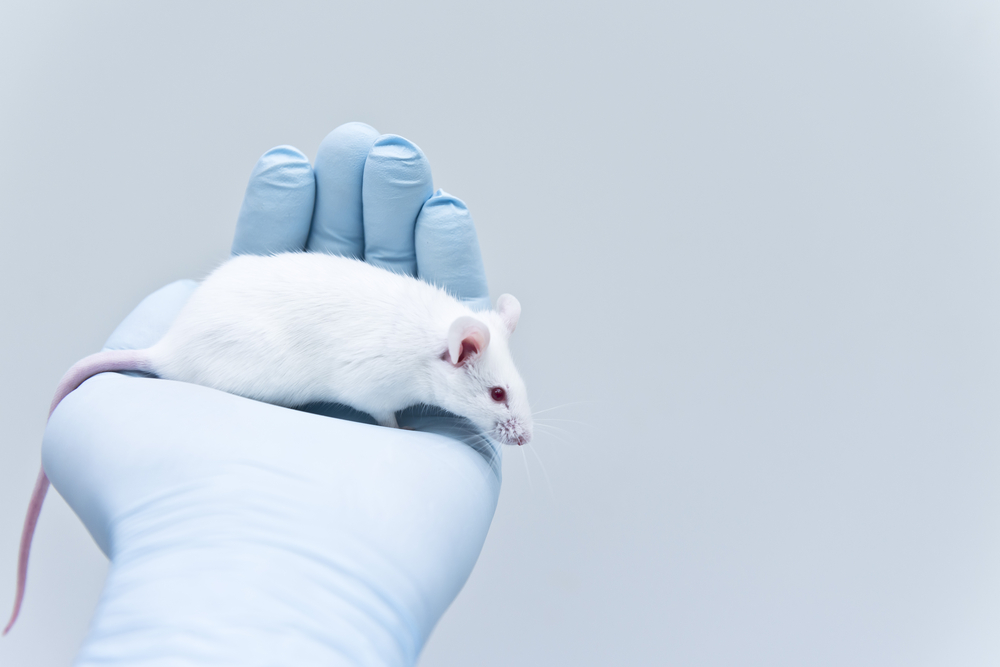Esbriet Equals Prednisone and Tops Acetylcysteine as Treatment for Pulmonary Fibrosis in Rats

Esbriet (pirfenidone) was as effective as prednisone and better than acetylcysteine at inhibiting inflammation and fibrosis in the lungs of rats with idiopathic pulmonary fibrosis (IPF), according to a study.
The research, “Effects and mechanisms of pirfenidone, prednisone and acetylcysteine on pulmonary fibrosis in rat idiopathic pulmonary fibrosis models,” was published in the journal Pharmaceutical Biology,
Proteins known as cytokines and other molecules play crucial roles in the progression of pulmonary fibrosis. They include tumor necrosis factor-α (TNF-α), transforming growth factor-beta1 (TGF-β1), platelet-derived growth factor (PDGF), and caveolin-1 (Cav-1).
Studies have shown that changes in Cav-1’s functioning can increase lung fibrosis. The research has also shown that Cav-1 expression is significantly lower in lung tissue from IOF patients than in healthy people.
The goal of the new study was to compare Esbriet, prednisone and acetylcysteine’s impact on Cav-1 expression in mice with IPF.
Researchers divided 75 male rats into five groups: model group M, Esbriet group P, acetylcysteine group N, hormone (or prednisone) group H and control group C. The team introduced IPF to rats in all groups but
Rats in the M group received 2 ml of 0.9% normal saline twice a day, while rats in the P, N and H groups received the therapies they were scheduled for.
After 15, 30 and 45 days of treatment, scientists assessed five rats in each group for degree of fibrosis and airsacculitis, or inflammation of the lungs’ air sacs. They were also assessed for expression of Cav-1 and the cytokines TNF-α, TGF-β1, and PDGF.
As expected, rats in the C group showed normal lung structure. Scientists found that after 15 days, rats in the M group displayed inflammation and light fibrosis. The symptoms worsened over the next 30 days.
At all three time points, the degree of fibrosis and airsacculitis was lower in the P, H and N groups than in the M group.
Although not statistically significant, the degree of inflammation in the P group’s air sacs was higher than in the H group’s, but lower than the N group’s. A difference in fibrosis score was observed between the P and H groups, but it also was not statistically significant. Interestingly, the fibrosis score in the P group was significantly lower than in the N group at all three time points.
Cav-1 expression was lower in all IPF groups than in the control group, the team found. Also, in general, when expression of Cav-1 increased, the degree of IFP symptoms decreased.
Researchers found a difference in the protein expression of Cav-1 only between the P and H groups, with the P Group’s Cav-1 significantly higher than the H group’s.
There was a reverse correlation between the expression of Cav-1 and the expression of TGF-β1, TNF-α and PDGF, meaning that higher expression of Cav-1 was associated with lower expression of the others.
The team concluded that Esbriet was as effective at alleviating IPF symptoms as prednisone, and better than acetylcysteine. The results suggested that Esbriet, prednisone and acetylcysteine can increase Cav-1 expression and reduce levels of TGF-β1, TNF-α and PDGF. They also suggested that Cav-1 is a major regulator of IPF.







